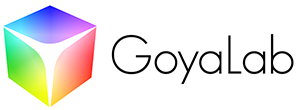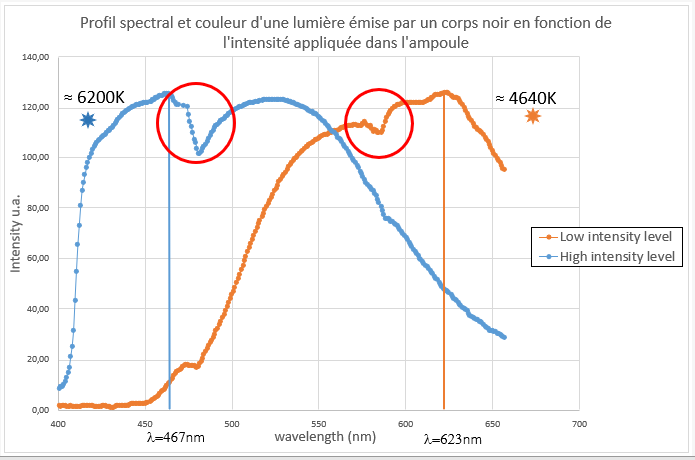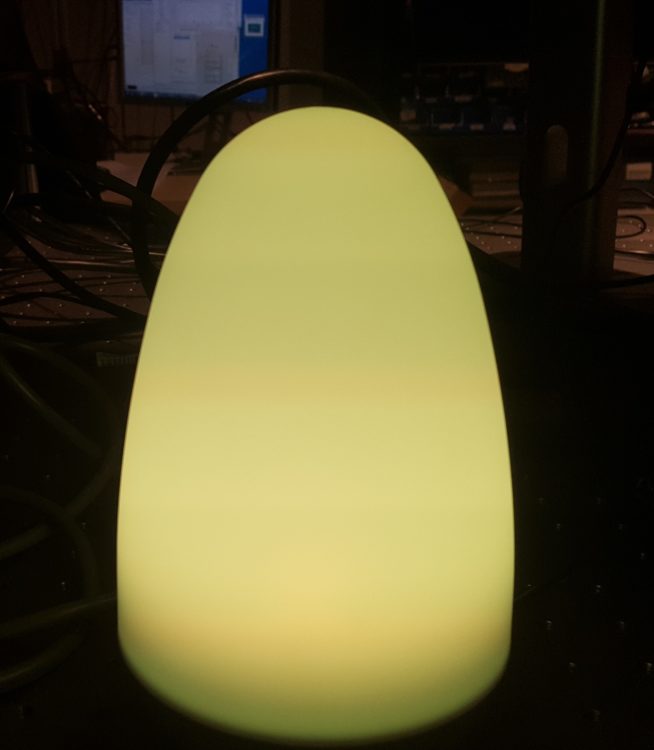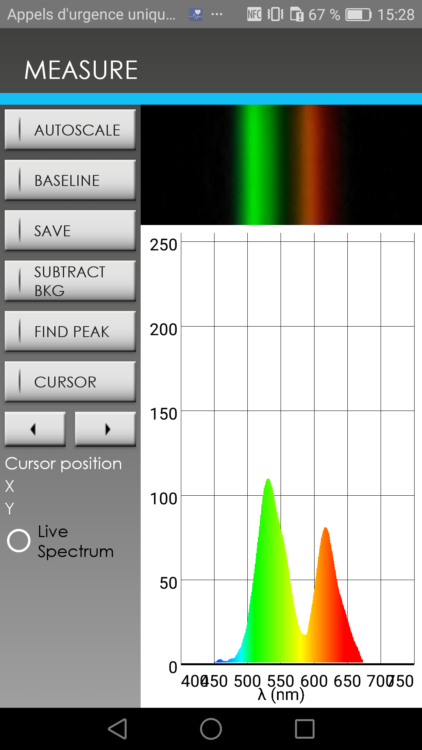
GoSpectro for the education
The GoSpectro is an ultra-compact device that turns any smartphone or tablet equipped with a camera into a light spectrometer. It allows to acquire, record and exploit a spectrum of light. By “looking” at a light source or object through the GoSpectro, you can see on the screen the spectrum of light emitted, transmitted or reflected by the object. All these features make it an ideal tool for high school education as illustrated by the experiences below.
Education case #1: Monochromatic and polychromatic lights
Required material: Several types of light sources such as lasers, sodium lamps, fluocompact lamps, LED lamps or incandescent lamps
The purpose of this experiment is to measure spectra from different light sources (look at examples in Figure 1) and identify which ones are monochromatic and which ones are polychromatic lights. That’s right, these measures can also help the students to visualize and understand clearly the difference between a continuous spectrum and a discrete spectrum. Furthermore, this experiment can help students to associate a wavelength to a color.
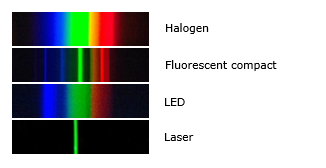 Figure 1: Emission spectra for four different lighting sources measured with the GoSpectro
Figure 1: Emission spectra for four different lighting sources measured with the GoSpectro
Education case #2: Spectral profile and temperature
Required material: An incandescent light, a rheostat for regulating light intensity
During this experiment, the students will observe the changing color of the lamp which goes from orange to white. Then, the acquisition of the spectra should help them to understand the phenomenon (when the intensity light in the bulb increases, the spectra shifts through the short wavelengths) presented in the Figure 2 .
By identifying the maximum emission wavelength for each spectrum and by using Wien approximation, it is possible to give an estimation of the light’s temperature.
Note: The discontinuities in the curves (surrounded in red) are due to the non-linearity response of the camera’s sensor. This problem can be solved using the intensity calibration.
Figure 2: Spectral profiles and color of the light emitted by an incandescent bulb as a function of the intensity applied
Education case #3: Estimation of the sun temperature using the Wien approximation
Another simple experiment consists in giving an estimation of the sun temperature using the Wien approximation. For that, the students will just have to obtain the sun’s spectrum and identify the wavelength of the peak of the emission (data released by the app)
Education case #4: Perceived color and spectral color
Required material: A color changing LED lamp
Finally, in this part, the students have to observe the spectrum for each color of the LED lamp. If they pick the yellow color for example (see Figure 3), they will quickly understand the differences between a perceived yellow color and the spectral yellow color resulting from the addition of the green LED and the red LED).
Figure 3: Spectrum of LED lamp illuminating in the yellow
Education case #5: Establishment of a protocol
Required material: a colored solution (using vitamin C tablet for example)
In this part, it will be asked to the students to answer a simple question: Why vitamin C appears orange?. For that, they will have to imagine a simple protocol like:
– Prepare their solution by dissolving a vitamin C tablet in a beaker of water
– Measure the absorption spectrum of the vitamin C solution
– Interpret the spectrum and use their knowledge to answer questions.
Why use the GoSpectro in education?
The GoSpectro is a powerful tool to make spectroscopy fun thanks to its very intuitive application and ease of use. It is perfectly suited for high school experimental class. It allows you to visualize some fundamental concepts of optics and spectroscopy.
- A fun way to learn spectroscopy with a smartphone or tablet
- A practical way to learn spectroscopy for all students through practice
- Educational material with an affordable cost
